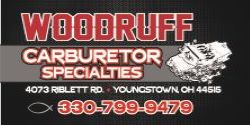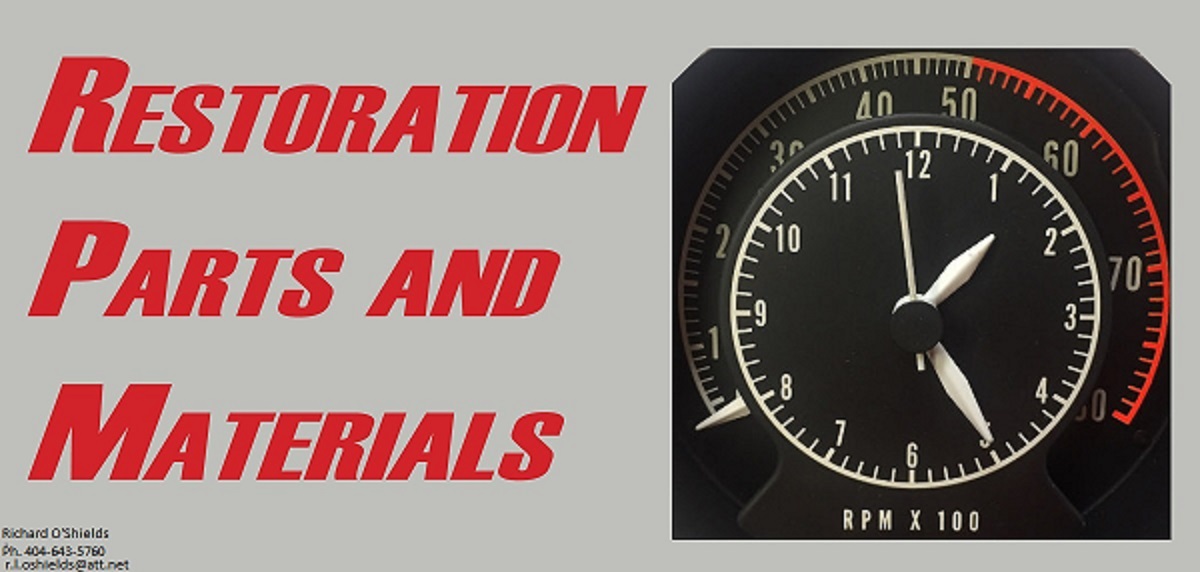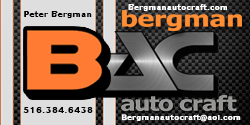Long-time no speak for myself here on the forums. Despite multiple attempts to sell the car for money I just can't seem to get an acceptable offer! Did have one amazing offer from a fellow member here for a trade, but in the end I feel like it comes down to me needing to finish the car if I can't sell it now. Once it's a driver I'll just keep it.
My dash was supposed to be done by now but unfortunately the guy who has it seems to be having trouble figuring it out and getting it rewired back to factory. What is the best option for me to get past this hurdle?
The wires in my dash were rearranged in a strange manner. Like a sort of primitive ammeter bypass, that still resulted in something melting / potentially catching fire. The harness seems solid for the most part except for wherever someone messed with the ammeter wiring.
Would sourcing a complete and good used dashboard harness be my best bet? Plugging that dash into the car would bring me much closer to having it back on the road. I have the FSM, and wiring diagrams but I'm not the greatest with messing with electrical. Might be time to have to learn? Also been thinking of a painless kit, which I understand is completely anything but painless. However might be worth it to try and get the 68 back on the road
My dash was supposed to be done by now but unfortunately the guy who has it seems to be having trouble figuring it out and getting it rewired back to factory. What is the best option for me to get past this hurdle?
The wires in my dash were rearranged in a strange manner. Like a sort of primitive ammeter bypass, that still resulted in something melting / potentially catching fire. The harness seems solid for the most part except for wherever someone messed with the ammeter wiring.
Would sourcing a complete and good used dashboard harness be my best bet? Plugging that dash into the car would bring me much closer to having it back on the road. I have the FSM, and wiring diagrams but I'm not the greatest with messing with electrical. Might be time to have to learn? Also been thinking of a painless kit, which I understand is completely anything but painless. However might be worth it to try and get the 68 back on the road

















